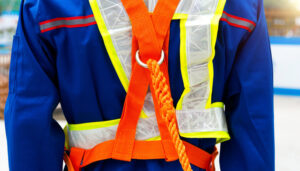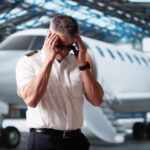Runway Conditions
As a pilot, it is essential for you to be well-informed about the runway conditions at your destination before taking off. Runway conditions can vary greatly depending on the season, location, type of aircraft, weather conditions and other factors.
Assessing Runway Conditions
The first step in assessing runway conditions is to obtain as much relevant information as possible. This includes:
Reviewing up-to-date weather conditions
Weather reports are particularly important when considering whether it is safe to fly in a particular area; potential turbulence and wind gusts can affect landing and take off maneuvers significantly.
Examining NOTAMs (Notice to Air Missions) issued by airports or airfields
NOTAMs provide detailed information about airport closures, changes in runway configuration or lighting systems, special airport procedures that may be in place at the time of flight, navigational aid outages, and more.
Checking METAR observations and TAF forecasts
METAR observations provide pilots with real-time weather data that can help them plan accordingly for their desired destination. Additionally, TAF forecasts provide information about the expected weather conditions over a period so you can adjust flight plans accordingly.
Researching airport diagrams for obstructions along the intended route
Airport diagrams are also invaluable when assessing runway conditions; they contain up-to-date information regarding obstructions along the intended route, including trees, buildings, or other objects that may impede visibility while in flight.
Verifying all navigation data
Finally, navigation data must be verified to ensure the accuracy of all coordinates provided by air traffic control.
Evaluate the Runway Surface
The next step is to evaluate the runway surface itself. As the pilot, you must be aware of any potential hazards that could impact landing or takeoff, such as potholes, cracks, or debris. If needed, adjustments can be made in order to safely maneuver around these obstacles. Additionally, consider the condition of the airport’s Visual Flight Rules (VFR) pattern and whether there are any obstructions that might impede visibility while in flight. It is also important to consider the aircraft you will be flying and how it might respond to different runway conditions.
Aircraft Limitations
It is also important to consider aircraft limitations and performance on different surfaces. For instance, some aircraft types are not able to land or take off from short runway surfaces due to weight restrictions or other limitations, so pilots should always be aware of these factors and adjust their flight plans accordingly.
In the end, pilots who thoroughly review all relevant information regarding runway conditions and carefully assessing the surface itself have the upper hand when it comes to safety. With the proper knowledge and preparation, you can be confident that you are taking the necessary steps to make your journey a success.
At CTS, we provide courses designed to help pilots successfully navigate high obstacle areas, including mountainous regions. Our courses include METAR and TAF, PRM-SOIA Procedures, and Traffic Advisory System (TAS), to name a few. If you are looking for training to help your pilot navigate various terrain and runways, email us at train@www.ctsys.com and let our team work to curate a training package to suit your company’s needs.
RELATED READING
RELATED CTS TRAINING










